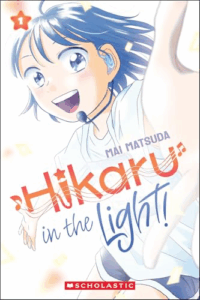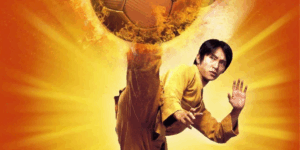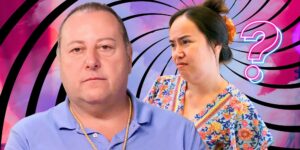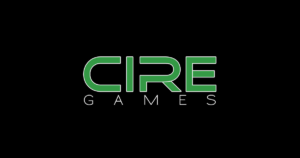The Mansions of the Western Ocean
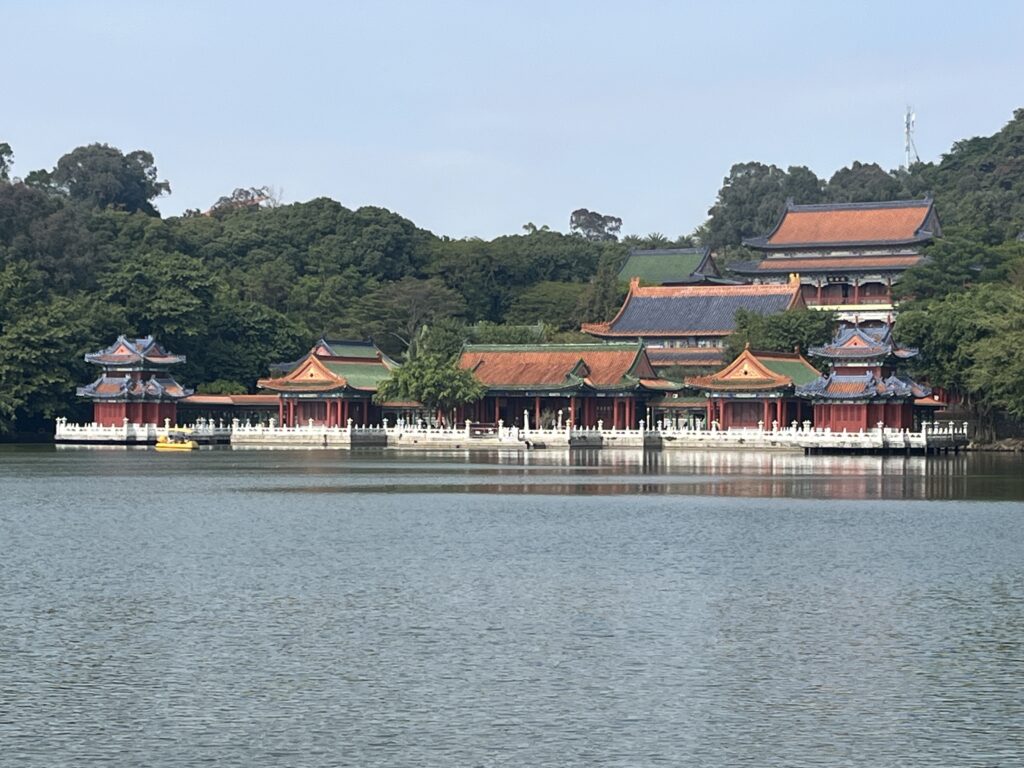

“Where to?” says the driver.
“The New Summer Palace.”
“Huh?”
“The Summer Palace.”
“Oh, the new Summer Palace.”
Yes, because the Old Summer Palace is a thousand miles away in Beijing, so it is unlikely that I would want to be driven there, although presumably he could just buy a new car with the proceeds if I did.

I am in Zhuhai, a city on the Pearl River Estuary that, if foreigners have heard of it at all, is known largely for being one of the factory satellites of Hong Kong in the late twentieth century. But the Chinese Academy of Social Sciences once proclaimed it to be the Most Liveable City in China, it shares a border with Macao that you can literally walk across, and its relentlessly modern focus conceals some fascinating historical stories, such as the time that the locals fought off British opium smugglers, not to mention a floating seafood restaurant the size of an aircraft carrier.
Many readers of this parish will already be aware of the Old Summer Palace (the Yuanming Yuan, or the Garden of Perfect Brightness), which lies in carefully curated ruins in north Beijing. It was infamously the site of a mass looting and burning by the British and French during the Second Opium War. The Chinese keep it in pieces as a reminder, although I am by far not the only person to point out that much of the damage done to the site was done to it by the Chinese themselves over the ensuing century, when it was raided for building materials, converted into market gardens, and used to herd pigs. Sixteen areas of it, in fact, were left untouched by the foreigners, and later destroyed at leisure by the Chinese, who cut down the ancient trees for lumber and sold off the brickwork.

Ever in search of something to lure in visitors the city of Zhuhai has built a replica of the Old Summer Palace in its glory days, piling up the hillside of a local mountain that conveniently resembles the feng shui of the original location. It’s probably the nicest park I have ever been to, full of little pop-up exhibits and installations and the usual tat sellers and snackeries. It was a lovely place to spend an afternoon, marred only by a few ill-judged frills, such as ghastly rubber-duck themed pedalos in the lake.

Visitors are also encouraged to dress up by costume rental stalls, which in one sense adds to the ambience when one runs into a Ming princess or a Manchu cavalryman, but also clogs the byways with the usual cosplayer entitlement. Now that they have put on a posh frock, they expect the world around them to stop while their boyfriend takes an ill-framed picture into the sun with a camera he doesn’t know how to use, which is something of an imposition on everybody else who has just as much a right to walk along the path and among the temples.

I’ve less come to see the Chinese architecture than the recreation of one of the sites from the original that has most caught my imagination. Annihilated during the looting, one sector of the original comprised an ornate baroque folly intended to recreate the look and feel of Versailles. The Xiyang Lou (“Mansions of the Western Ocean”) were an occidentalist dream – an imagined imperial Europe designed in the 1740s by the Italian Giuseppe Castiglione, with fountains and water features created by French Michel Benoist, both of them Jesuits trying to amaze the Qianlong Emperor with visions of the Far West.

The Zhuhai park recreates the mansions and their most famous feature, Benoist’s “water clock” comprising a fountain edged with bronze effigies of the twelve animals of the Chinese zodiac, designed so that each would vomit water from its mouth for each doubled hour of the Chinese day. I was there in the early afternoon, so really ought to have seen the change-over from the Hour of the Goat to the Hour of the Monkey, but none of the fountains were operating on the day I was there.

You’ll notice here the perennial problems of the travelling author in search of pictures. Ever since acquiring the photographs for the first edition of my Confucius biography cost me more than I was paid to write it, I have tried my best to secure my own images. Sometimes, however, what you are paying professionals for is not merely framing, but also opportunity. You can see here my bad luck with the lack of a blue sky on the one day in my life that I am present to take a picture, and the annoyance of a modern building poking out behind the baroque architecture — the replica Mansions of the Western Ocean are in the south-west of the park, close to the entrance and the modern streets outside.
But the park in Zhuhai is also unexpectedly educational, packed with recreations of court life in the Qing dynasty, and, for some reason, scattered with statues of dozens of obscure figures from Chinese medical history. For the visitor who can read the plaques, these include Mi Huangfu (215-282 AD), the inventor of acupuncture, the Ming dynasty gynecologist Tan Yunxian (1462-1556), and Hua Tuo (145-208), the Han dynasty pioneer of anaesthesia. I have no idea why the replica Old Summer Palace also serves as an open-air museum of Chinese medical pioneers, but I was intensely interested in the implied narratives not of “Traditional Chinese Medicine”, but of medicine medicine, with characters such as Bian Que (407-310 BC), the “father of pulse theory.”
Jonathan Clements is the author of A Brief History of China. The New Yuangmingyuan in Zhuhai is free to enter duing the day, and 120 yuan in the evenings.

